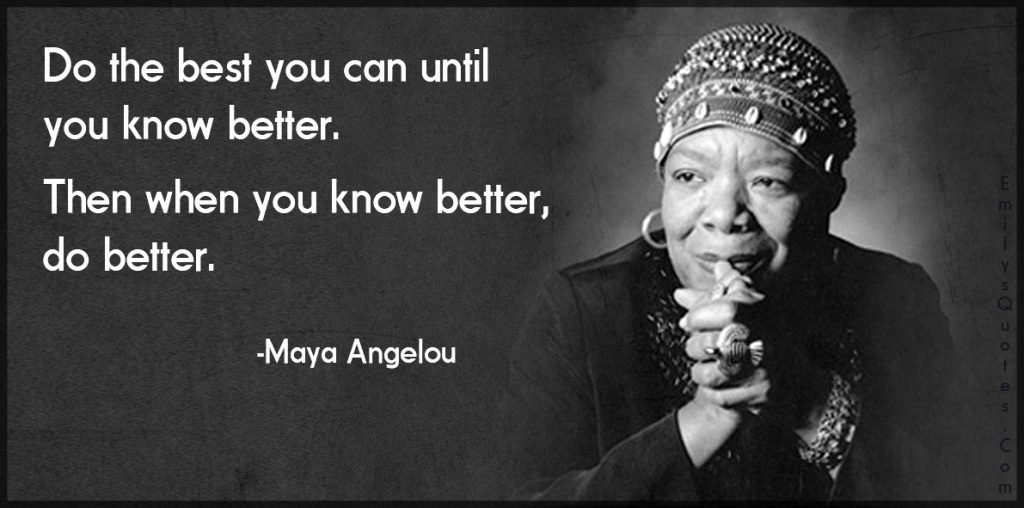
There are tons of robots and programmable edtech tools available to kids (and grown-ups) today. Just watch the holiday commercials ramp up in the next few weeks full of drones and techno-toys. This post is dedicated to my favorite (and cutest) tool to support computational thinking and coding in school: Dash by Wonder Workshop
I'm not knocking any other products. In fact, I've tried most and I like and use each of them for specific purposes. Beebot and Robot Mouse introduce the idea of giving commands directly to a device: just press directional arrows and go! Botley places those buttons into kids' hands with a simple RF controller. Ozobot can do a lot, from color-coding with markers to uploading strings of block code! However, it does get finicky the more it's asked to do. Sphero is super cool, but just a bit too optimistic and advanced for the age of the students I work with. Even Tello Drones continue the programming so that computational thinking can take flight. I even wrote a previous blog post just about drones. Here's the thing- It's not about the robot. It's about the student experience in coding, creating, collaborating and problem-solving together that makes each of these experiences so rich.
I am a strong believer of bringing the 4 Cs to life in our classrooms. Communication, collaboration, creativity, and critical thinking are all on display when students work together to create and run programs, and even more so when they need to tweak, debug, and revise their code. This is when the often invisible 5th C: Computational Thinking becomes visible. It also allows for the clear distinction between the planning, plotting, talking, and problem solving of computational thinking and the drag and drop, programming, and sequencing of actually coding the robot.
I will admit. I skipped Dash for other robots for a year or two because I thought it looked too basic or reminded me of a Fisher Price toy. It wasn't until I visited Medfield middle schoolers doing awesome thinks (thanks @kcowell7) that I realized my misjudgment. Dash isn't cheap at around $150, but worth every dollar, and super durable. It's absolutely true that the computational skills at work while programming dash are the same when applying block coding solution in online environments like code.org, but you cannot put a price tag on the level of engagement that erupts from watching a group's robot zip around the room and run its program correctly.
It's Not About the Robot
Day one of Dash is always a bit zany, and kids need to work through the novelty of its awesome moves, dances, and noises. Pretty quickly though, students get into the process of creating their program or routine. At that moment, thinking shifts from the operation of the robot to the creation of the program. For this exact reason, I don't install Wonder Workshops other apps for Dash and Dot. I stick to Blockly as the singular (and familiar) interface for dragging pieces together for students to create their program. I explain to students (and teachers) that this choice is what keeps our practice focused on coding/programming rather just remote control "live-driving." When I talk about shifting our thinking of edtech from products to practices, this is that example in action.
He's Got the Look
 Yes, Dash is cute- maybe too cute if it prevents others from taking it seriously. There is a natural affection for a robot that acts and interacts and I think this is more important than I originally considered. With other robots (Ozobot/Sphero), I often hear "It wouldn't do..." or "Watch what it does," but with Dash it's always "Watch what I made him do," or "Listen to what she says." This personification is powerful, and it promotes an emotional engagement and creates and emotional connection.
Yes, Dash is cute- maybe too cute if it prevents others from taking it seriously. There is a natural affection for a robot that acts and interacts and I think this is more important than I originally considered. With other robots (Ozobot/Sphero), I often hear "It wouldn't do..." or "Watch what it does," but with Dash it's always "Watch what I made him do," or "Listen to what she says." This personification is powerful, and it promotes an emotional engagement and creates and emotional connection.
Robot Teacher?
Just like any other tech tool, there needs to be purpose and application of the technology to impact learning. Having students program dash to model or reteach content is a fun and powerful example of this. For example, after learning the basics in the first day, asking students to make Dash draw a square create an objective, embeds math thinking, and promotes all 4 Cs if students are to accomplish their goal as a group. Whether it's tracing masking tape shapes, or recording their voice to make Dash explain equivalent fraction, these tasks create an audience, a purpose and focus for programming, and a measurable outcome in the sense of a performance task.
Seymour Papert talked about low floors for ease of entry/access and high ceilings for room to grow and to reach the needs of high-level users. Mitch Resnick (MIT/Scratch) adds the notion of wide walls: multiple pathways for learning modes for demonstrating understanding. Dash hits all of these areas. It's super intuitive to learn from a 5-7 minute class intro, but also complex enough for kids to really stretch thinking. In fact, I've never used a tool that promotes the level of autonomous problem solving that I see with kids using Dash. I'm intentional about only demonstrating a select few commands from each Blockly category so that kids need to explore to find more. Beyond initial setup/connection, groups figure out their own mistakes, answer their own questions, and solve their own problems- seriously! This is where a class is able to see and apply critical thinking as the process of problem solving.
Dash Math📋
Here is an activity sheet for a Dash Math lesson. In this lesson, I hand out rolls of masking tape and ask groups of students to program Dash to model or teach a specific math term or concept. There are multiple levels for students to self-select their level of complexity. This lesson just began as a handful of vocab cards before becoming a self-leveled menu, but feel free to mix it up with everything from measurement skills (How big is a foot) to geometry (Model a square or triangle), to more broad math concepts or principles (Equivalent fraction, Multiplication). The idea is that the robot and the program become the tool to demonstrate understanding. Again- it's not about the robot.
Seymour Papert talked about low floors for ease of entry/access and high ceilings for room to grow and to reach the needs of high-level users. Mitch Resnick (MIT/Scratch) adds the notion of wide walls: multiple pathways for learning modes for demonstrating understanding. Dash hits all of these areas. It's super intuitive to learn from a 5-7 minute class intro, but also complex enough for kids to really stretch thinking. In fact, I've never used a tool that promotes the level of autonomous problem solving that I see with kids using Dash. I'm intentional about only demonstrating a select few commands from each Blockly category so that kids need to explore to find more. Beyond initial setup/connection, groups figure out their own mistakes, answer their own questions, and solve their own problems- seriously! This is where a class is able to see and apply critical thinking as the process of problem solving.
Here is an activity sheet for a Dash Math lesson. In this lesson, I hand out rolls of masking tape and ask groups of students to program Dash to model or teach a specific math term or concept. There are multiple levels for students to self-select their level of complexity. This lesson just began as a handful of vocab cards before becoming a self-leveled menu, but feel free to mix it up with everything from measurement skills (How big is a foot) to geometry (Model a square or triangle), to more broad math concepts or principles (Equivalent fraction, Multiplication). The idea is that the robot and the program become the tool to demonstrate understanding. Again- it's not about the robot.









